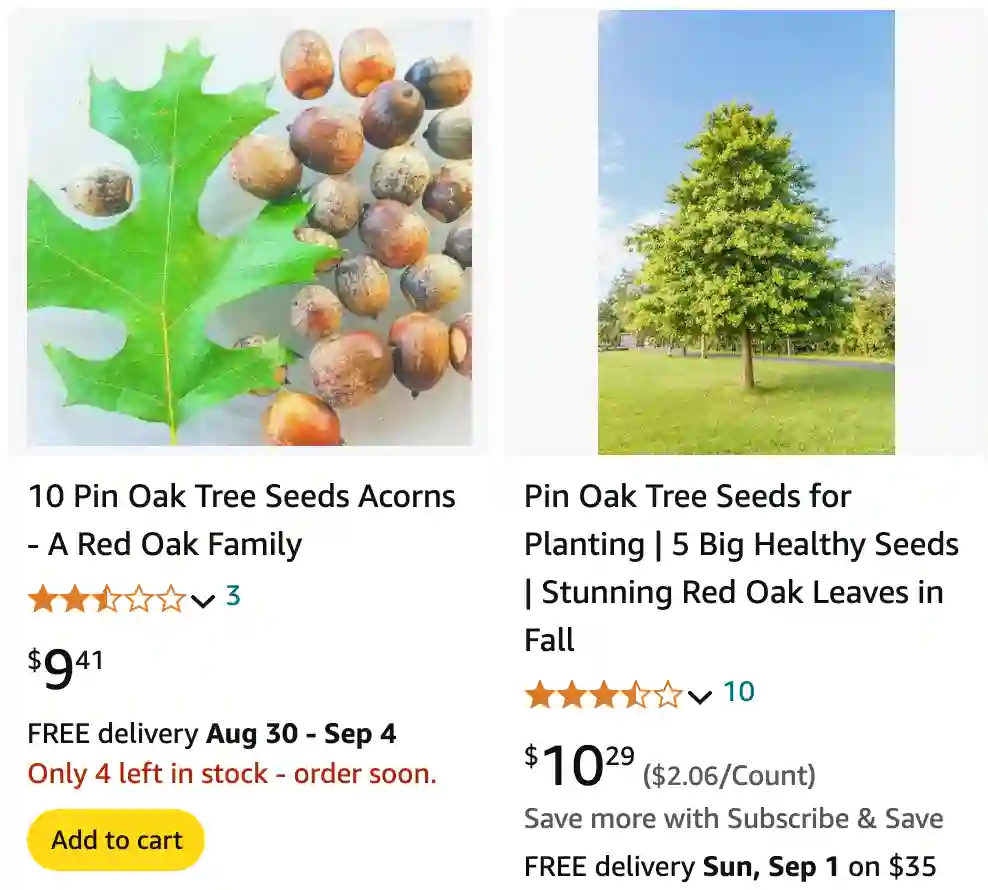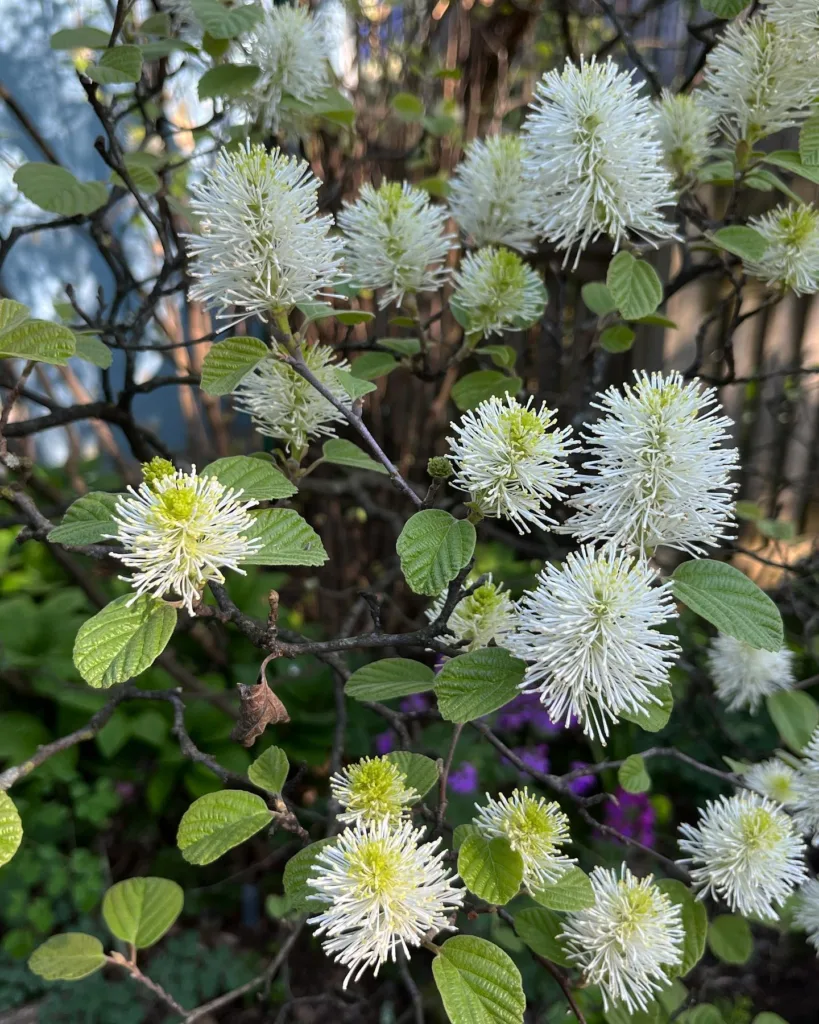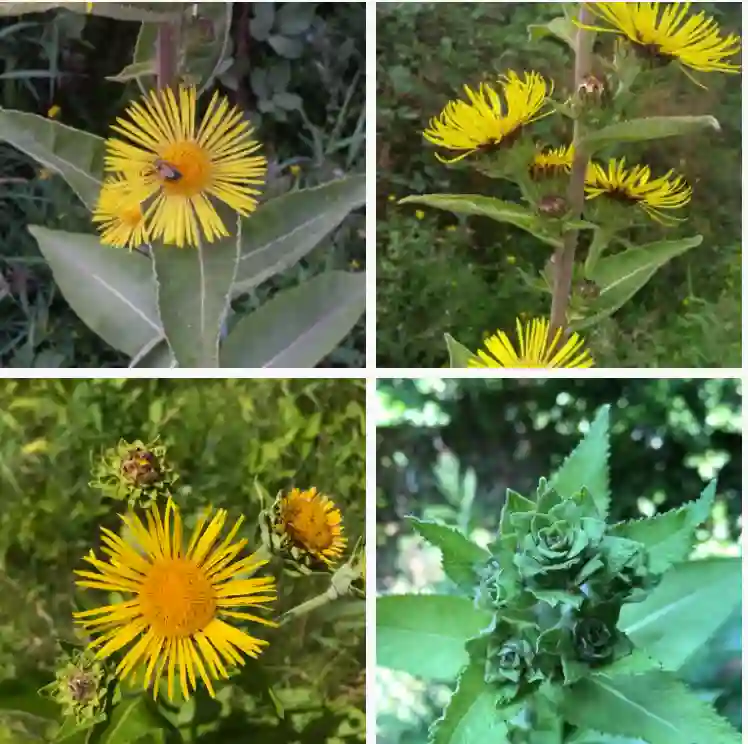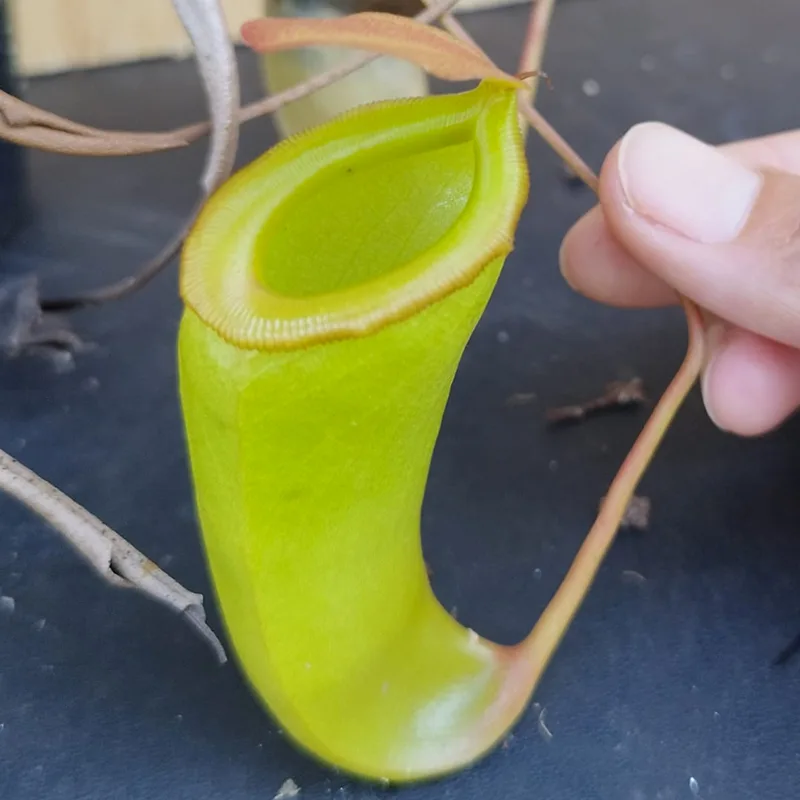
FAQs About Pin Oak Tree
As someone who’s spent quite a bit of time studying various trees and their characteristics, I’ve found the Pin Oak Tree to be both fascinating and versatile. Here’s a comprehensive look at some of the most common questions about Pin Oak Trees.
657 Species in Genus Quercus
What is a Pin Oak?
A Pin Oak (Quercus Palustris) is a deciduous tree native to the eastern United States. It’s well-regarded for its symmetrical shape, which makes it a popular choice for landscaping. The Pin Oak is a member of the red oak group and is known for its distinctive leaves and acorns.
How fast does Pin Oak grow?
Pin Oaks are relatively fast growers. On average, they can grow 1 to 2 feet per year under optimal conditions. In about 10 years, you might see a Pin Oak reach a height of 30 to 40 feet. Its growth rate can be influenced by factors such as soil quality, sunlight, and water availability.
What does a Pin Oak leaf look like?
Pin Oak leaves are quite distinctive. They are usually 4 to 6 inches long and have 5 to 7 lobes with deep sinuses. The lobes are pointed and sometimes have a bristle tip. The leaves are dark green on the top and a lighter green on the underside, turning a reddish-brown in the fall.
Is Pin Oak good for lumber?
Pin Oak is generally not considered the best choice for high-quality lumber. While it can be used for some construction purposes and furniture, it’s often compared to other oaks like White Oak and Red Oak, which are more durable and have finer grain patterns.
Is Pin Oak good firewood?
Pin Oak can be used as firewood, but it’s not the best choice. It tends to be somewhat dense and can burn hot, but it’s not as ideal as other hardwoods like Hickory or Oak species specifically known for their burning qualities. It can produce a fair amount of ash, so it’s good to mix it with other types of wood for better burning efficiency.
Is Pin Oak good for smoking meat?
Pin Oak is not the most popular choice for smoking meat, but it can be used. Its flavor profile is milder compared to Hickory or Mesquite. If you prefer a subtle smoky flavor, Pin Oak might be worth trying. However, many pitmasters prefer stronger flavors for smoking.
Are Pin Oak acorns poisonous to dogs?
Pin Oak acorns are not typically toxic to dogs, but they can cause gastrointestinal upset if ingested in large quantities. It’s best to keep acorns away from pets to avoid any potential issues.
Are Pin Oak roots invasive?
Pin Oak roots are known to be somewhat aggressive, but they are not typically classified as invasive. They can spread widely and potentially cause issues with nearby structures or plants. Proper planning and management are essential when planting a Pin Oak near buildings or other sensitive areas.
Are Pin Oak trees messy?
Pin Oaks can be a bit messy, especially in the fall when they drop their leaves and acorns. The acorns can create a considerable mess on the ground and can sometimes be a nuisance for lawn maintenance. However, their aesthetic value often outweighs these minor inconveniences.
How long do Pin Oak trees live?
Pin Oaks have a lifespan of around 30 to 60 years, although some can live longer under ideal conditions. Their longevity is influenced by factors such as soil quality, disease resistance, and environmental conditions.
Are Pin Oak trees valuable?
Pin Oak trees are valued more for their ornamental qualities rather than for lumber or economic benefits. They are popular in landscaping for their attractive shape and fall color. Their value is more in their aesthetic appeal and ecological benefits rather than in commercial use.
Pin Oak vs Red Oak
Pin Oak and Red Oak are often compared because they belong to the same group. Pin Oak has a more pointed leaf shape and typically has a more uniform, pyramidal growth habit. Red Oak tends to have broader leaves with rounded lobes and is usually valued more for its hardwood.
Pin Oak vs Scarlet Oak
Scarlet Oak leaves are similar to those of the Pin Oak, but Scarlet Oaks often have more vibrant red foliage in the fall. Scarlet Oaks also have a more rounded canopy compared to the more pyramidal shape of the Pin Oak.
Pin Oak vs Willow Oak
Willow Oak has narrow, willow-like leaves compared to the broader, lobed leaves of the Pin Oak. Willow Oak tends to have a more upright growth habit, while Pin Oak has a more spreading form.
Pin Oak vs Water Oak
Water Oak leaves are more rounded and have a more varied shape compared to the deeply lobed leaves of the Pin Oak. Water Oak typically grows in wetter conditions and has a more irregular growth pattern.
Pin Oak vs White Oak
White Oak has rounded leaf lobes and is known for its superior lumber quality compared to Pin Oak. White Oak trees are generally more long-lived and have a more significant economic value due to their durability and fine grain.
Pin Oak vs Black Oak
Black Oak leaves are similar to those of Pin Oak but are usually darker and more deeply lobed. Black Oak wood is also harder and denser, making it more suitable for high-quality lumber.
Pin Oak vs Bur Oak
Bur Oak has larger acorns and broader leaves with deeper lobes compared to Pin Oak. Bur Oak trees are also more tolerant of dry conditions and have a more rugged appearance.
Pin Oak vs Live Oak
Live Oak has a much broader canopy and evergreen foliage compared to the deciduous Pin Oak. Live Oaks are known for their large, spreading branches and are often used for their shade and iconic Southern appearance.
Pin Oak vs Northern Red Oak
Northern Red Oak has leaves with more rounded lobes and is generally larger in size compared to Pin Oak. It’s also valued for its lumber and is known for its hardiness and durability.
Pin Oak vs Nuttall Oak
Nuttall Oak is similar in size and form to Pin Oak but tends to have larger leaves and acorns. Nuttall Oak is often used in landscaping for its beautiful fall color and adaptability.
Pin Oak vs Shumard Oak
Shumard Oak has a broader leaf with fewer lobes and tends to be a larger tree compared to Pin Oak. It’s valued for its excellent timber quality and resilience to urban conditions.
Pin Oak vs Swamp White Oak
Swamp White Oak has broader, more rounded leaves and is more tolerant of wet conditions compared to Pin Oak. It’s a slower grower but offers beautiful fall color and is valued for its timber.
How to care for Pin Oak?
Caring for a Pin Oak involves regular watering, especially in dry conditions. It benefits from well-drained soil and can tolerate various soil types. Pruning should be done to maintain its shape and remove any dead or diseased branches. Regular inspections for pests and diseases will help keep the tree healthy.
How to propagate Pin Oak?
Pin Oak is typically propagated from acorns. Collect acorns in the fall, and store them in a cool, dry place until spring. Plant them in a well-drained soil mix, and keep them consistently moist until they germinate. It may take a few months for the acorns to sprout.
What to plant with Pin Oak?
Pin Oak pairs well with understory plants like ferns, hostas, and shade-tolerant groundcovers. They can also be complemented by flowering shrubs and perennial plants that thrive in similar soil and light conditions.
Can you grow Pin Oak indoors?
Pin Oak is not suitable for indoor growth. It requires a large outdoor space to thrive due to its size and root system. It’s best suited for outdoor landscaping where it has room to grow and develop properly.
Is Pin Oak toxic?
Pin Oak is not considered toxic to humans or pets. However, as with any plant, it’s best to avoid ingesting its parts or allowing pets to consume the acorns, as they can cause digestive upset.
Common problems with Pin Oak
Common issues with Pin Oak include susceptibility to pests like oak wilt and various fungal diseases. Proper care, including avoiding overwatering and ensuring good air circulation, can help prevent these problems. Regular monitoring and prompt treatment can keep your Pin Oak healthy.
I hope this comprehensive guide helps answer your questions about the Pin Oak Tree. Whether you’re considering planting one in your yard or just curious about its characteristics, the Pin Oak is a remarkable tree with many unique features.
If i die, water my plants!



